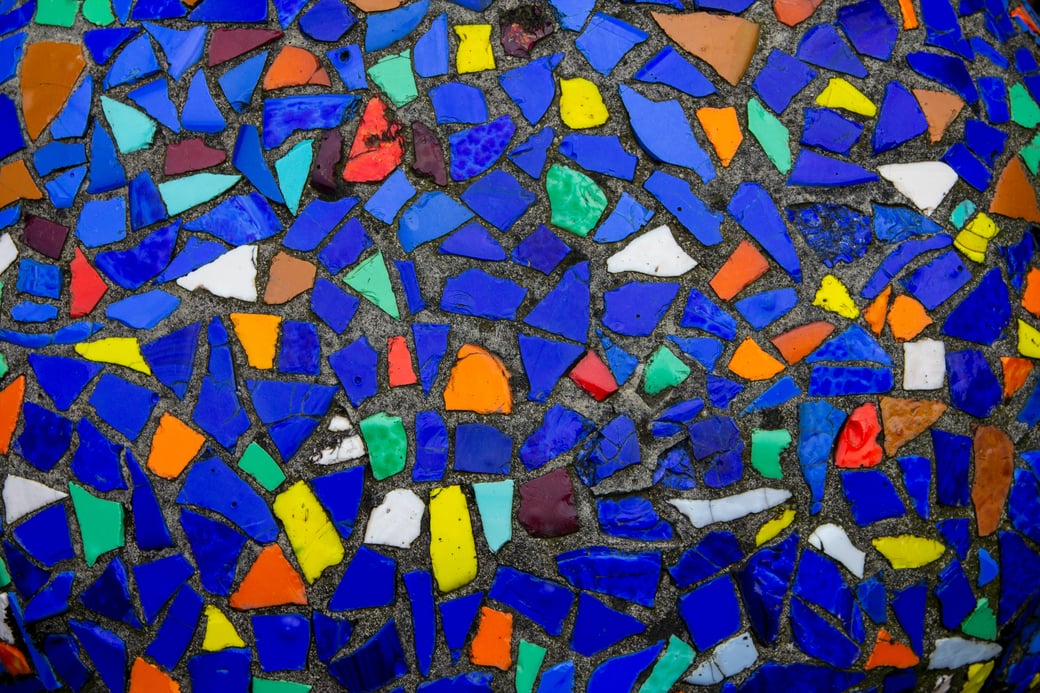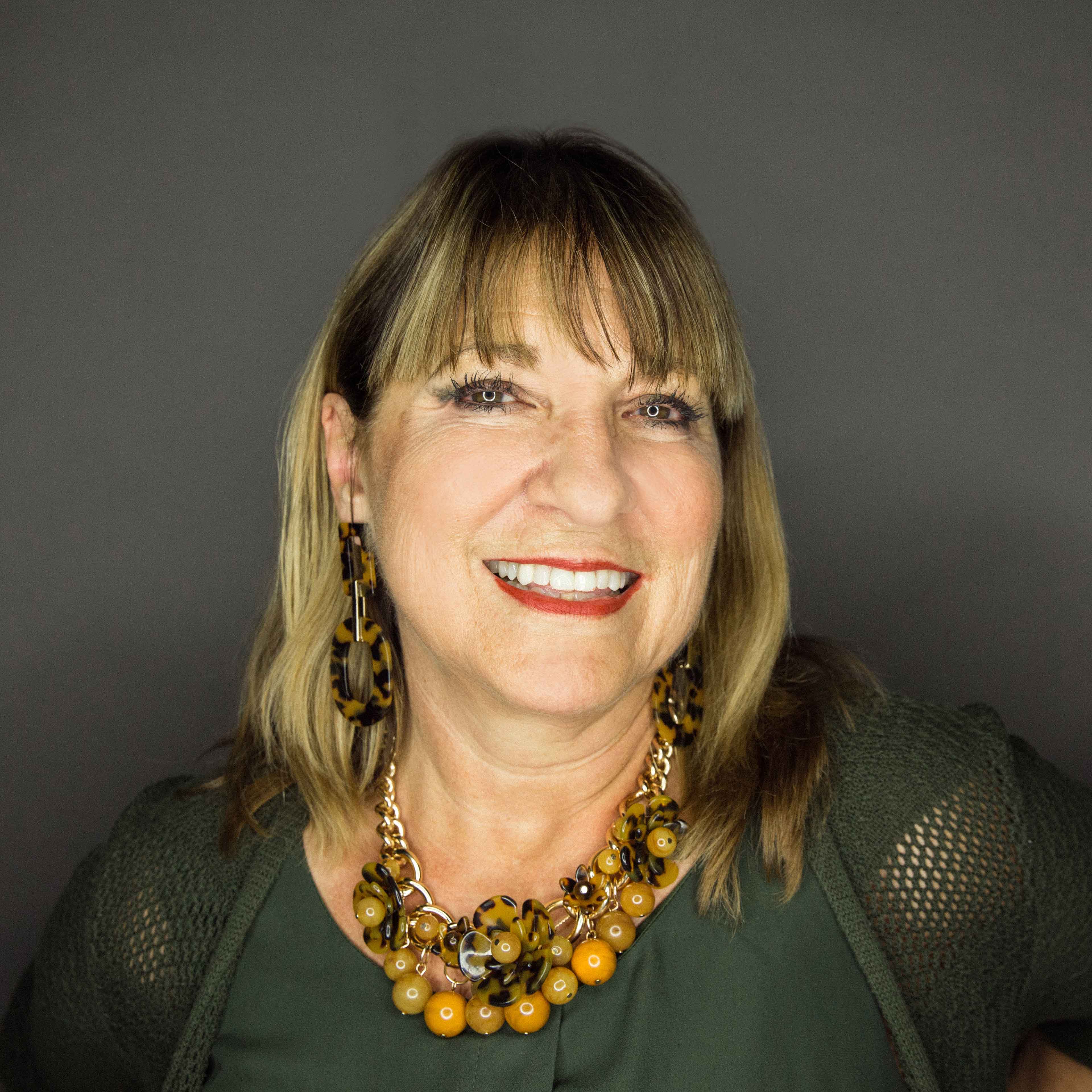
Reinforcement And Accountability Help Leaders Succeed
We know it, we see it, we live it. When designing and delivering development programs, we know we have to intentionally build in reinforcement to ensure sustainability and application. We know we have to be deliberate about building accountability.
We see what happens when we don’t do it. Inevitably, we end up living with the consequences—not usually positive ones—when program participants don’t have the opportunity and accountability to practice what they learned.
We know this most of all: we have to deliberately build in sustainable elements to allow participants to immerse themselves in applying and learning new behaviors. But how?
The Challenge of Leadership Program Reinforcement
That is the challenge. How do we include deliberate reinforcement that builds the muscle needed for sustainable skills and increased capability? How do we provide avenues to enable our learners to truly gain the competencies needed to avoid diminishing enthusiasm, going back to old habits, and (horrors!) RE-training?
Of course many variables affect the success—or failure—of reinforcement: time, transition, and turnover are to be considered. The fact that we’re living in a VUCA world practically negates many of the efforts we put in place. And that question certainly can’t be answered in one blog post. But we can start by sharing experiences that DO work.
Peer learning groups are manifesting as one of the most successful reinforcement components. In a Chief Learning Officer post by Deborah Spring Laurel and Peter A. Korynski, the authors speak to the power of peer learning groups and the need to provide space and time for peers to meet, support each other in practicing new skills, and learn from mistakes in a safe environment. This is proving to be true as we start to include peer learning groups more and more as an essential part of leadership development programs.
Peer Learning Groups Versus Accountability Partners
Having an “accountability partner” has been around for a while. Matching up a couple of learners with each other has worked, most certainly, but seems to fall a bit short in longevity. If one person leaves the pair or lags in commitment—for whatever reason—the partnership is essentially dissolved, leaving the remaining leader alone.
The Rise of Peer Learning Groups
In the last several years, we have seen a rise in accountability groups, essentially peer learning groups, as one of the most effective and sustainable methods of program reinforcement. The large percentage of millennials in the workplace is one reason, because they love working in groups. But (the good news is) we are finding that all generations are buying into the idea of these teams!
Typically created and formed at the beginning of a learning program—usually in conjunction with the kickoff workshop or opening event—these groups quickly establish their norms for working together, what they will be talking about when they get together, when they’ll get together, and how they will support each other in their learning. Then they’re off and running (running being the operative word here) as they accelerate from learning to application quickly with these peers.
Groups follow up quickly with action, getting out calendars immediately to schedule future meetings, and enthusiastically sharing results, wins, promotions, and any little success. The peer group provides one of the best ingredients for a sustainable and application-based learning program: accountability with immediate feedback and celebration. In our programs, we’re seeing indications that these peer groups work.
Does it always work? The variables we talked about earlier most certainly get in the way; success does vary and they don’t always work to the best of their potential. But to increase the chances that your peer learning group will be together for months and even years, supporting and learning from each other, consider the following success factors:
How to Help Peer Learning Groups Succeed
- Consider the group makeup. When you’ve got good chemistry, you’ve got a good group. And while we often think it’s super beneficial to create cross-functional groups, the best groups seem to be those that share a common function or at least a common organization. They learn how to coach each other, using the power of peer coaching to help strengthen each other. Consider having groups in the same area, including geographic area, so that they can discuss common challenges and support each other with viable suggestions to overcome them. Small groups, anywhere between 5 and 8, allow for maximum interaction and collaboration.
- Allow self-selection. Our tendency is to be the Master Builder, thinking we know what the best mix will be for each of the groups. After all, who knows the participants better than the program manager? Well, actually . . . the participants themselves do! People know where there’s chemistry and who they want support from, who will challenge them, and who will encourage them. Let the participants decide. And, by doing so, you’ll find the peer group members are more committed to each other. They’ve just bought into each other!
- Set some parameters. As much as you want your group to have freedom of choice, set some initial guidelines. Requiring a group to meet once a month, for example, is a reasonable requirement. (By the way, you’ll find they often self-select more often than that.) Asking them to identify and support each other on individual goals is another. Maybe you require everyone to attend every meeting. You don’t have to set a lot, but do ensure they know the basics of group formation and sustainment.
- Consider a coach. Especially as you are establishing these groups, you may want a group coach. This coach typically is someone external to the organization, providing a safe space, an objective view, and accountability to the group’s goals—but could also be an internal coach that meets that requirement. The coach doesn’t necessarily need to be at every group meeting. In one case, we see the group coach checking in four times over the course of the year, while the peer learning group meets once a month. The group knows to be prepared for the coach meetings, reporting on progress, sharing common challenges, and discussing successes . . . all in the name of additional accountability. The coach helps the group validate its progress!
- Reward and celebrate. These groups of participants form a bond that often makes the peer learning groups the most powerful part of the development program. The groups are proud to see where they have been and where they are going, and they love to be recognized. We’ve seen that promotability rates for individual members are often higher in programs with peer learning groups. And if all that isn’t cause for celebration, nothing is! Reward these groups, allow them to reward each other, share their successes, and acknowledge the deliberate intent they have had as they’ve worked together. There’s not much more that can make them prouder.
Do you want to build sustainability and accountability for your learning programs? Deliberately form peer learning groups as a reinforcement component, using the above success factors as a guide for creation.
When we see these groups working together, we see more application. Our learners are taking more accountability for their commitments to the program and they are learning the power of collaboration and interactive encouragement.
Teams and collaboration are more important than ever in our decentralized and rapidly shifting work environments. Our learning program should not only provide skills and knowledge to the participants, but also impart a deliberate method of how to interact and support others, how to recognize that learning is not a solo endeavor, and to see—through a real-life experience—the power of the peer to our future success.
Photo by Soviet Artefacts on Unsplash












